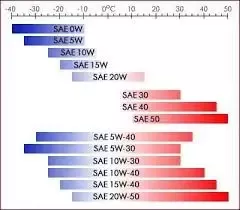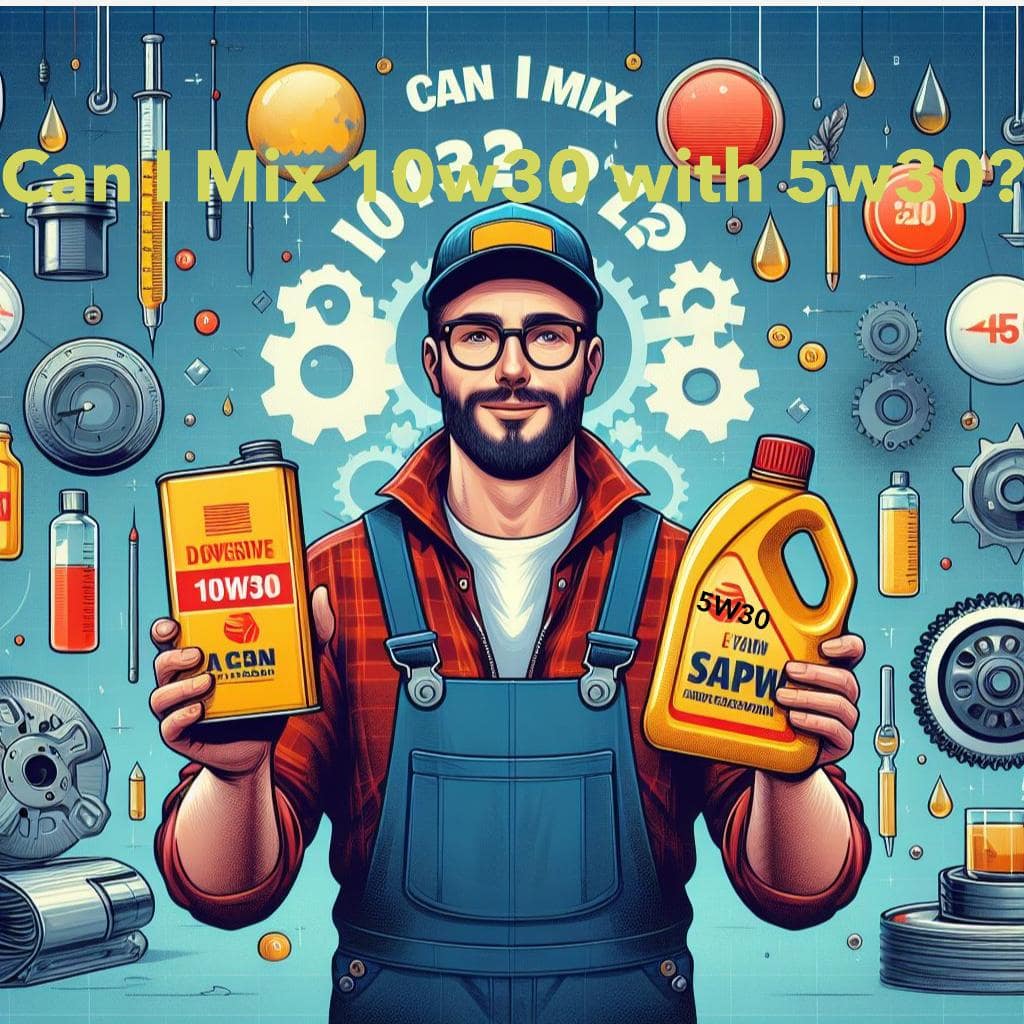Certainly! Now let’s explore the fascinating world of crankshafts.
A crankshaft is an essential part of an internal combustion engine. It turns the pistons’ reciprocating motion into a spinning motion, which eventually drives the wheels. If a crankshaft is damaged, there are a few considerations:
- Minor Damage:
- Cause: Small nicks, scratches, or minor bends due to wear and tear.
- Repair Possibility:
- Polishing: If the damage is minimal, a skilled machinist can polish the crankshaft to remove imperfections.
- Cost to Repair: Generally affordable, depending on the extent of damage.
- Moderate Damage:
- Cause: Cracks, deep scratches, or more significant bends.
- Repair Possibility:
- Welding and Grinding: Welding can repair cracks, followed by precision grinding to restore the original shape.
- Cost to Repair: Moderately expensive, as it requires specialized equipment and expertise.
- Severe Damage:
- Cause: Extensive fractures, severe bends, or catastrophic failure.
- Repair Possibility:
- Replacement: In severe cases, replacement is often the only viable option.
- Cost to Repair: Replacing a crankshaft is costly due to the precision manufacturing involved.
- Balancing:
- Cause: Even after repairs, balancing is crucial to ensure smooth engine operation.
- Solution:
- Dynamic Balancing: The repaired or new crankshaft must be dynamically balanced to prevent vibrations.
- Cost to Repair: Balancing costs vary but are essential for engine longevity.
- Professional Assessment:
- Recommendation: Always consult a professional mechanic or engine specialist.
- Inspection: They will assess the crankshaft’s condition and recommend repair or replacement.
- Cost to Repair: Inspection fees vary.
Remember, the crankshaft is the heart of your engine, and its proper functioning is essential for optimal performance. If you suspect crankshaft issues, seek professional advice promptly!
Read More:


